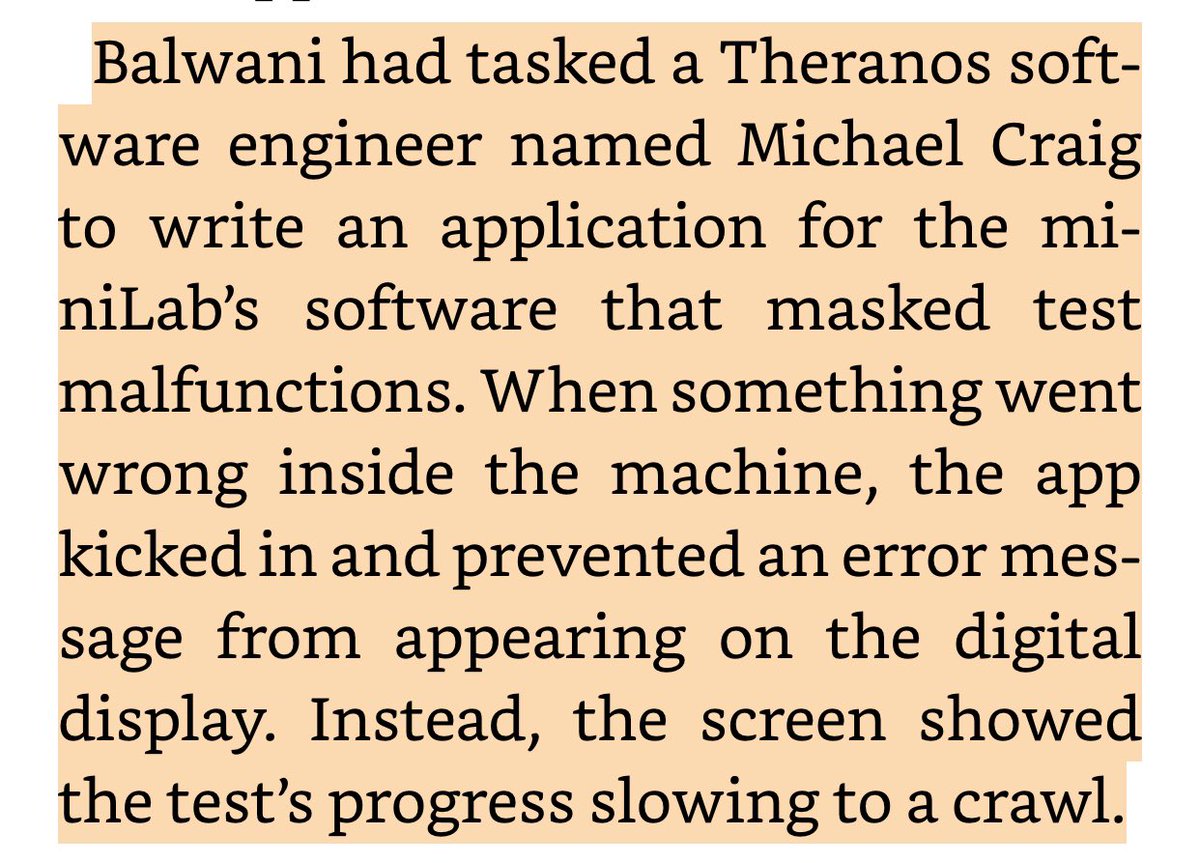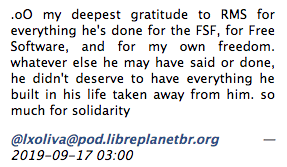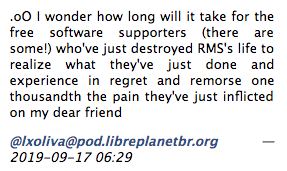
My mode of software development is to just start trying things. But I love working with people who need to read all the docs first.
I used to think that was a waste of time & I wanted a whole team like me, but it turns out - my mode isn’t always the right way to go.
I used to think that was a waste of time & I wanted a whole team like me, but it turns out - my mode isn’t always the right way to go.
I also like to use boring, reliable technology. But I love working with people who are into the new hotness.
Because it turns out, boring & reliable isn’t always the right answer, and I need people pushing me to consider the new hotness - because sometimes they’re right.
Because it turns out, boring & reliable isn’t always the right answer, and I need people pushing me to consider the new hotness - because sometimes they’re right.
My goal is to write more great software, and while you might SOMETIMES get great software from a team of people who all think like me, you will CONSISTENTLY get great software from a team of people who have a variety of approaches.
We all need to trust each other, and we also need to put a lot of energy into understanding each other. We will write less code than the all-Sarah team. But we will write better software.
This thread inspired by @avdi’s most recent SIGAVDI newsletter. avdi.codes/sigavdi/ 🙌🏻
• • •
Missing some Tweet in this thread? You can try to
force a refresh






